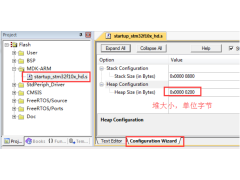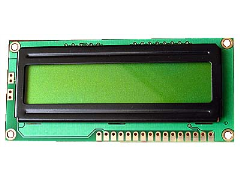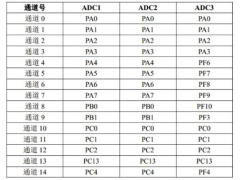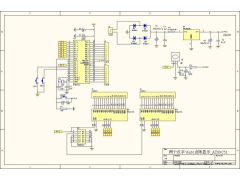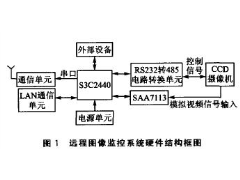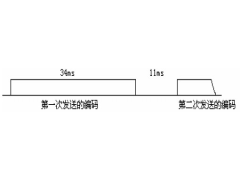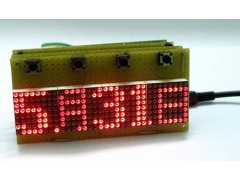编译项目
从 Processing 菜单选Start compilation,或者Cntl+L,开始编译。出现警告信息可以不管,等待编译结束。
配置 FPGA
从Tools 菜单选择Programmer,选择JTAG 模式和对应的sof 文件,点击Start,
开始下载,如果成功,那么开始进入软件调试环境。
启动 NIOS II IDE 环境
关闭 Programmer,打开顶层文件。快捷方法就是点图标

双击 low_cost_1C20 系统模块,进入SOPC Builder。
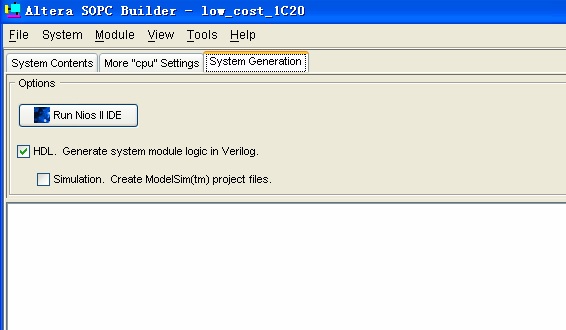
选择 Run Nios II IDE,进入IDE 开发环境。
建立软件工程文件
选择 File-》New -》Project 选项。
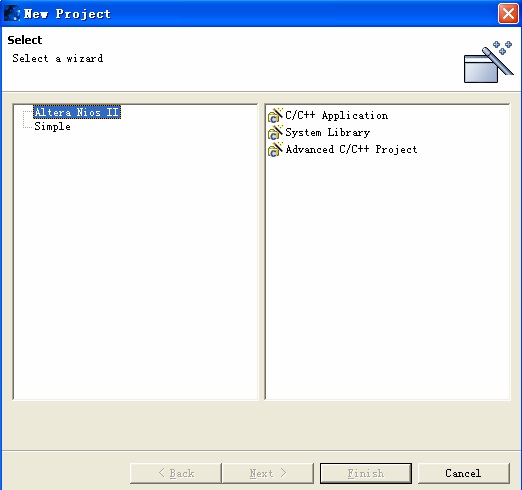
选择 C/C++ Application, 点击Next。
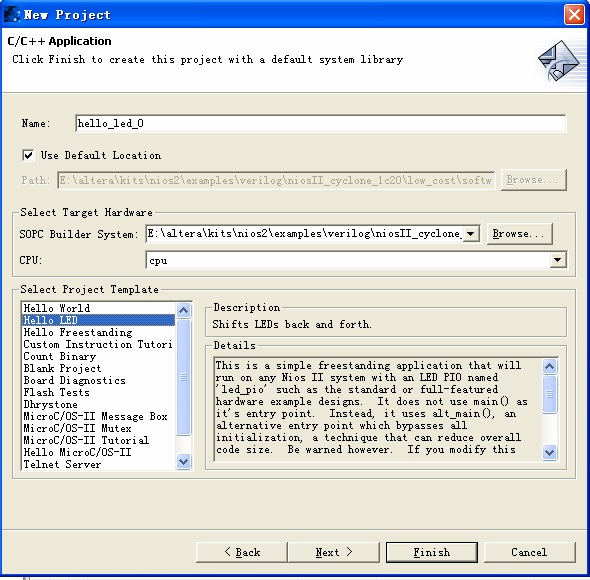
从模板中选择 Hello LED,其他设置按默认设置,点击Finish。
编译工程文件
选中 hello_led_0,按右键,选择 Build Project
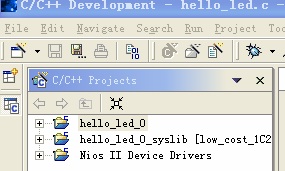 ,
,
结束后,右下方的控制台会提示编译结束。

运行程序
从菜单中选择 Run-》Run…,弹出对话框
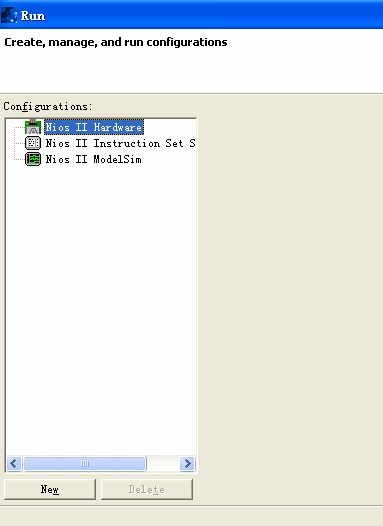
点击 New,会自动生成一个系统配置。
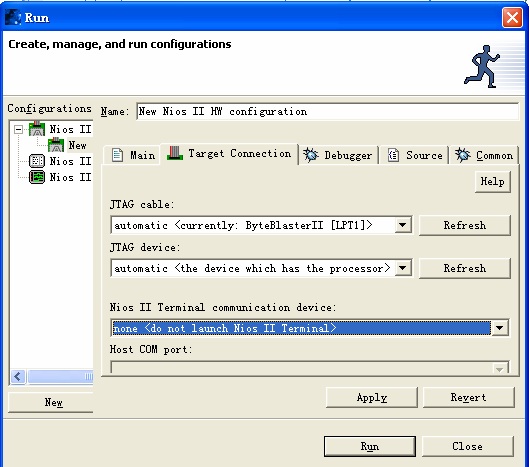
点击 Apply,然后点击Run。
开始下载程序到 SDRAM,并运行起来。
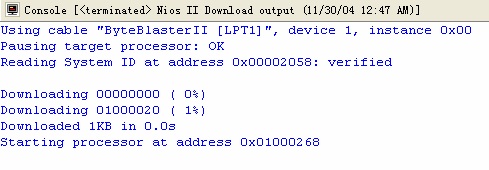
观察板上的 4 个LED,大概没隔4 秒,LED 会轮流闪烁一次。
恭喜您,第一个 C 程序在NIOSII CPU 上已经运行起来了。
如果感兴趣,可以修改源文件,然后在编译,运行,看看 LED 有什么变化
以下是一个让 LED 闪烁更频繁的例子:
int main (void) __attribute__ ((weak, alias ("alt_main")));
/*
* Use alt_main as entry point for this free-standing application
*/
int alt_main (void)
{
alt_u8 led = 0x2;
alt_u8 dir = 0;
volatile int i;
/*
* Infinitly shift a variable with one bit set back and forth, and write
* it to the LED PIO. Software loop provides delay element.
*/
while (1)
{
if (led & 0x09) // 我们板上只有4个LED,所以当led的Bit3和Bit0有效的时候,
//就改变方向;
{
dir = (dir ^ 0x1);
}
if (dir)
{
led = led >> 1;
}
else
{
led = led << 1;
}
IOWR_ALTERA_AVALON_PIO_DATA(LED_PIO_BASE, led);
/*
* The delay element in this design has been written as a while loop
* to avoid confusing the software debugger. A tight, one line software
* delay loop such as:
* for(i=0; i<200000; i++);
* can cause problems when it is stepped through using a software
debugger.
* The while loop below produces the same behavior as the for loop shown
* above, but without causing potential debugger problems.
*/
i = 0;
while (i<100000) //加快闪烁间隔
i++;
}
return 0;
}
-
热敏电阻温度阻值查询程序2024年11月13日 74
-
C99语法规则2024年11月16日 675
-
FreeRTOS 动态内存管理2024年11月12日 448
-
一款常用buffer程序2024年11月06日 88
-
1602液晶显示模块的应用2012年08月03日 192
-
GNU C 9条扩展语法2024年11月18日 261
-
如何实现STM32F407单片机的ADC转换2024年11月15日 300
-
STM32使用中断屏蔽寄存器BASEPRI保护临界段2024年11月15日 195
-
C99语法规则2024年11月16日 675
-
51单片机LED16*16点阵滚动显示2012年09月05日 664
-
FreeRTOS 动态内存管理2024年11月12日 448
-
ARM9远程图像无线监控系统2012年07月03日 424
-
用单片机模拟2272软件解码2012年09月06日 300
-
如何实现STM32F407单片机的ADC转换2024年11月15日 300
-
新颖的单片机LED钟2012年08月06日 278
-
GNU C 9条扩展语法2024年11月18日 261

